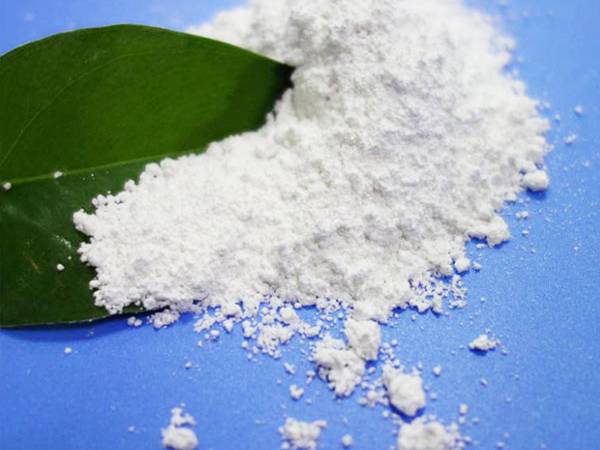



Exploring the pH Levels of 5M Sodium Hydroxide Solutions
Understanding the pH of 5M NaOH Solution
Sodium hydroxide (NaOH), commonly known as lye or caustic soda, is a highly soluble ionic compound used extensively in various industrial and laboratory applications. A 5M NaOH solution is particularly interesting due to its high concentration, making it an effective base in many chemical reactions. Understanding the pH of this solution is crucial for various applications in chemistry, manufacturing, and environmental science.
What is pH?
pH is a scale used to specify the acidity or basicity of an aqueous solution. It ranges from 0 to 14, where a pH of 7 is considered neutral, values below 7 are acidic, and values above 7 are basic (or alkaline). The pH scale is logarithmic; thus, a pH change of one unit represents a tenfold change in hydrogen ion concentration. The pH of a solution is defined as the negative logarithm (base 10) of the hydrogen ion concentration (\([H^+]\)) in moles per liter.
Characteristics of NaOH
Sodium hydroxide is a strong base, which means it completely dissociates in water to form sodium ions (\(Na^+\)) and hydroxide ions (\(OH^-\)). The equation for this dissociation is
\[ \text{NaOH} \rightarrow \text{Na}^+ + \text{OH}^- \]
In a 5M NaOH solution, the concentration of \(OH^-\) ions is 5 moles per liter. The concentration of \(H^+\) ions in pure water at 25°C is \(1 \times 10^{-7} M\). To find the pH of a 5M NaOH solution, we need to first determine the concentration of hydrogen ions.
Calculating pH from \(OH^-\) Concentration
The relationship between the concentrations of \(H^+\) and \(OH^-\) ions at 25°C is given by the ion product of water (\(K_w\)), which is
\[ K_w = [H^+][OH^-] = 1 \times 10^{-14} \]
5m naoh ph

Given that the concentration of hydroxide ions in a 5M NaOH solution is 5 M, we can use the equation to find \(H^+\)
\[ [H^+] = \frac{K_w}{[OH^-]} = \frac{1 \times 10^{-14}}{5} = 2 \times 10^{-15} M \]
Now, we can calculate the pH
\[ \text{pH} = -\log([H^+]) = -\log(2 \times 10^{-15}) \approx 14.7 \]
This calculation reveals that the pH of a 5M NaOH solution is significantly above 14, which indicates that the solution is extremely basic.
Implications of High pH
The high pH of a 5M NaOH solution poses several implications. First and foremost, it is highly corrosive and can cause severe chemical burns upon contact with skin or mucous membranes. Safety precautions are critical when handling such concentrated solutions, including the use of gloves, goggles, and appropriate clothing.
In industrial applications, such a concentrated NaOH solution is often used in processes such as saponification, where fats and oils are converted into soap; in the production of biodiesel; and in paper manufacturing, where it helps in the pulping process. Furthermore, in wastewater treatment, NaOH can be used to neutralize acidic effluents.
Conclusion
The pH of a 5M NaOH solution is a significant aspect that highlights its strong basicity and potential hazards. Understanding this property is essential not only for safely handling sodium hydroxide in various applications but also for appreciating its role in industrial processes. The calculations involved in determining pH from hydroxide ion concentration showcase the fundamental principles of acid-base chemistry, emphasizing the importance of concentration in influencing the behavior of solutions in diverse scientific fields.
-
Why Sodium Persulfate Is Everywhere NowNewsJul.07,2025
-
Why Polyacrylamide Is in High DemandNewsJul.07,2025
-
Understanding Paint Chemicals and Their ApplicationsNewsJul.07,2025
-
Smart Use Of Mining ChemicalsNewsJul.07,2025
-
Practical Uses of Potassium MonopersulfateNewsJul.07,2025
-
Agrochemicals In Real FarmingNewsJul.07,2025
-
Sodium Chlorite Hot UsesNewsJul.01,2025










